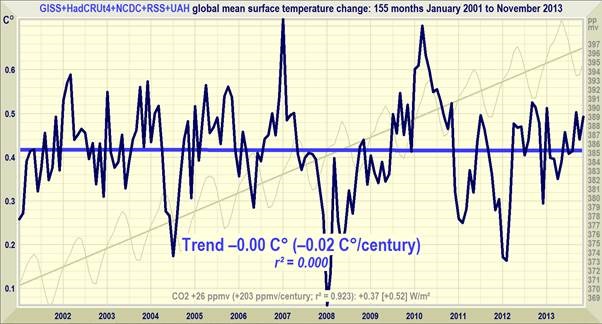Kerby Anderson
With all the claims and counterclaims about global warming, it is often hard to figure out what to believe. One thing I do know is that two of the loudest claims about a climate catastrophe on the horizon are based on erroneous assumptions. When I was in graduate school working on computer models, I learned that the assumptions about the data often determined the effectiveness of the models to predict future environmental events.
The British scientific journal Nature published a study more than a month ago that warned that ocean temperatures rose 60 percent higher than estimated by the UN IPCC. The study was given wide exposure in the media. However, another researcher identified some errors in methodology, which the original researchers have admitted was the case. Unfortunately, you won’t see any follow-up media reports about them overestimating the amount of ocean warming.
A few weeks ago, the federal government issued its latest National Climate Assessment report. The study calculates the huge costs due to the fact that the world will be 15 degrees Fahrenheit warmer by 2100. This assessment is even higher than the worst-case scenario predicted by the UN IPCC, which has been known to occasionally make some outlandish predictions as well.
The writers of the report assume a massive increase in coal consumption and completely ignore the dramatic increase in natural gas production. If you take a more realistic view of conventional fuel use, the doomsday scenario vanishes. And it is worth mentioning that the sole editor of the report is an alumnus of the Center for American Progress, funded by climate activist and philanthropist Tom Steyer.
It is often hard to know what to believe, especially when both of the two most publicized climate studies have major errors within them.
 Listen Online
Listen Online Watch Online
Watch Online Find a Station in Your Area
Find a Station in Your Area











 Listen Now
Listen Now Watch Online
Watch Online
